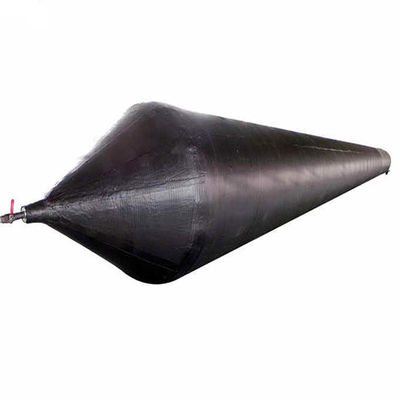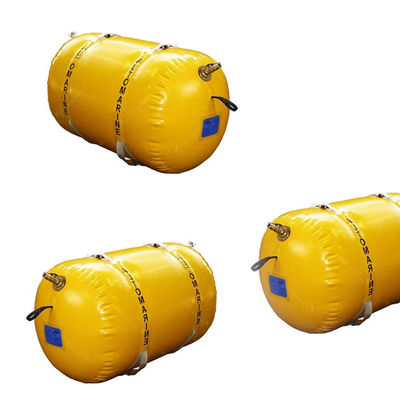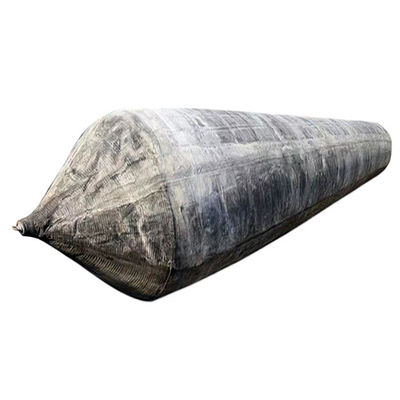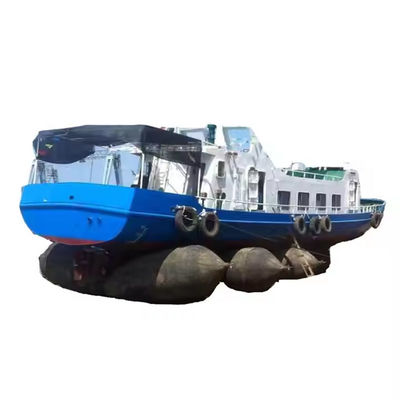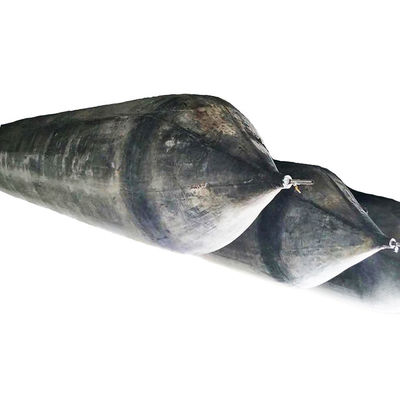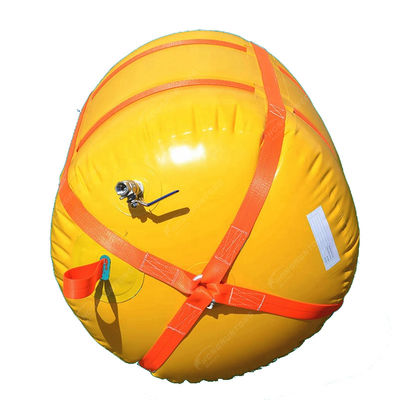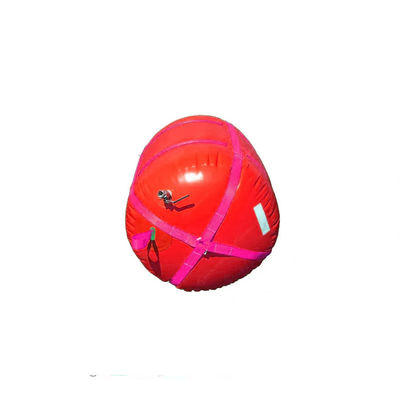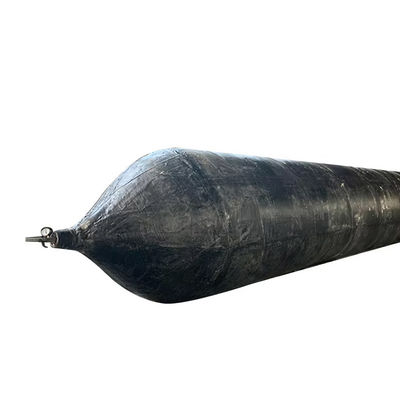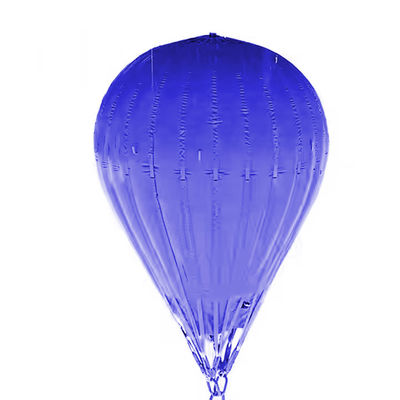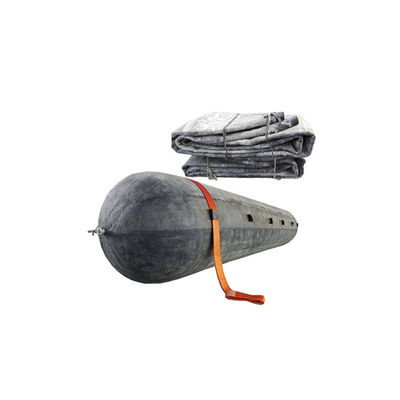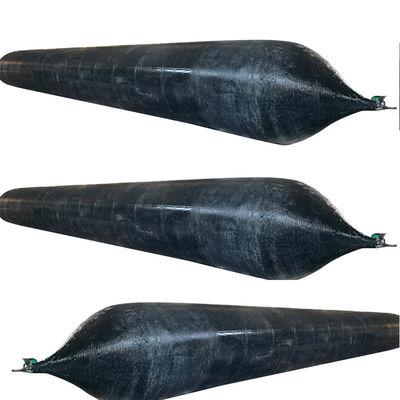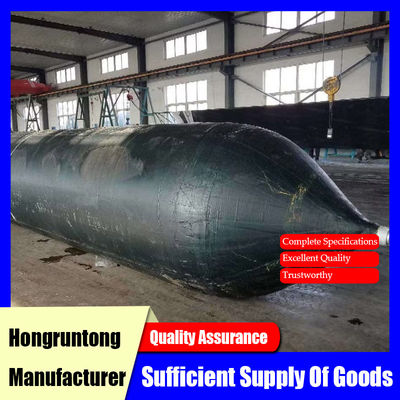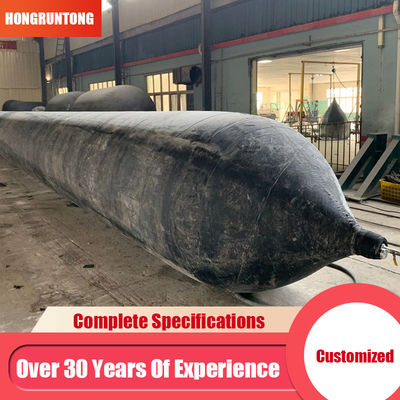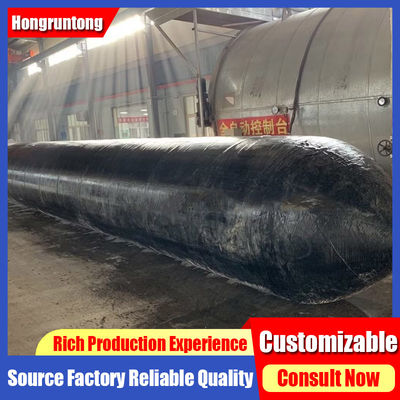Flexible Strong Inflatable Marine Airbags Easy Stable Long Lasting
Description
Ship launching airbags are advanced, high-precision marine equipment designed to provide safe, reliable, and efficient vessel launching and handling. These airbags consist of multiple layers of high-strength steel wire rope embedded within durable synthetic rubber, giving them excellent tensile strength, elasticity, and resistance to punctures or deformation under high loads. The airbags are engineered to withstand instantaneous forces generated during vessel launches, ensuring the hull maintains stability throughout the operation.
The outer layer of the airbags is made from abrasion-resistant, UV-resistant, and aging-resistant rubber, ensuring long-term durability even under harsh marine conditions. The low-friction surface allows vessels to slide smoothly during launching, protecting delicate hull coatings from scratches or dents. Airbags are modular, allowing flexible configuration according to vessel size, weight, and hull shape, and can be used repeatedly after proper maintenance, making them a cost-effective alternative to traditional slipways and wooden rollers.
Case Study
In early 2023, a shipyard in Shandong Province was commissioned to launch a 2,500-ton bulk carrier. The shipyard faced several challenges: limited slipway length, a steep launch slope, and a tight schedule for delivering the vessel. To meet these requirements, Hongruntong Marine provided ten high-capacity airbags, each 3.0 meters in diameter and 20 meters in length.
Before the launch, the project team conducted extensive simulations to calculate the load distribution along the hull and determine the optimal placement and inflation pressure of each airbag. The airbags were set to a working pressure of 0.20 MPa, ensuring they could handle the vessel's full weight plus additional dynamic forces during the launch. Safety inspections included pressure testing, visual checks for surface wear or damage, and simulation of hull movement on a controlled slope.
On launch day, the airbags were positioned precisely beneath the hull, and inflation began using a coordinated pumping system. The vessel slid down the slipway steadily, without tilting or sudden movements, demonstrating the airbags' superior load distribution and low-friction design. The launch was completed safely in under 50 minutes, approximately 30% faster than a conventional slipway launch. Afterward, the airbags were deflated, inspected, and stored for future use.
This case highlights the effectiveness of Hongruntong Marine airbags in launching large-tonnage vessels in challenging shipyard conditions, providing reliable performance, safety, and efficiency. The shipyard reported significant cost savings and minimized labor requirements compared to traditional methods.
Specifications
| Item |
Description |
| Place of Origin |
China |
| Brand Name |
Hongruntong Marine |
| Product Name |
Ship Launching Airbags |
| Material |
Top-Notch Natural Rubber |
| Diameter |
0.5m-3.0m, or As Request |
| Length |
1.0m-28.0m, or As Request |
| Working Pressure |
0.05-0.25 Mpa |
| Technics |
High Pressure, Overall Winding, Explosion-Proof |
| Use |
ship launching and docking |
| Thickness |
5-15 ply |
| Standard |
Conducted by ISO14409 and GB/T1590-2006 system. |
| Accessories |
Q355/SS304/SS316, Pressure Gauge, Tee, Plug, Switch, Inflation Tube |
| Packaging |
Inner-Plastic Bag; Outer-Standard Wooden Pallets. |
| Keywords |
Marine Rubber Airbags for Ship Launching |
| Certificates |
ABS, BV, KR, LR, GL, NK, RINA, DNV, RMRS |
| MOQ |
1 |
| OEM |
Welcome |
| Diameter |
Working Pressure |
Working Height |
Bearing Capacity KN/m |
Bearing Capacity Ton/m |
| D=1.0m |
0.14Mpa |
0.6m |
87.96 |
8.98 |
| 0.5m |
109.96 |
11.22 |
|
|
| 0.4m |
131.95 |
13.46 |
|
|
| D=1.2m |
0.12Mpa |
0.7m |
94.25 |
9.62 |
| 0.6m |
113.10 |
11.54 |
|
|
| 0.5m |
131.95 |
13.46 |
|
|
| 0.4m |
150.80 |
15.39 |
|
|
| D=1.5m |
0.10Mpa |
0.9m |
94.25 |
9.62 |
| 0.8m |
109.96 |
11.22 |
|
|
| 0.7m |
125.66 |
12.82 |
|
|
| 0.6m |
141.37 |
14.43 |
|
|
| 0.5m |
157.08 |
16.03 |
|
|
| D=1.8m |
0.09Mpa |
1.1m |
98.96 |
10.10 |
| 1.0m |
113.10 |
11.54 |
|
|
| 0.9m |
127.33 |
12.98 |
|
|
| 0.8m |
141.37 |
14.43 |
|
|
| 0.7m |
155.51 |
15.87 |
|
|
| 0.6m |
169.65 |
17.31 |
|
|
| D=2.0m |
0.08Mpa |
1.2m |
100.53 |
10.26 |
| 1.1m |
113.10 |
11.54 |
|
|
| 1.0m |
125.66 |
12.82 |
|
|
| 0.9m |
138.23 |
14.11 |
|
|
| 0.8m |
150.80 |
15.39 |
|
|
| 0.7m |
163.36 |
16.67 |
|
|
| 0.6m |
175.93 |
17.95 |
|
|
* Other size can be produced follow client's requirements.
Features
High Strength Multi Layer Reinforced Structure
Each airbag is constructed with multiple steel wire rope layers embedded within high-strength synthetic rubber. The steel wires are precisely wound to distribute the load evenly along the entire airbag, preventing localized stress concentration. The outer rubber layer provides resistance against abrasion, UV radiation, saltwater corrosion, and aging, ensuring that the airbag retains its mechanical integrity over repeated launches. This design allows airbags to withstand instantaneous forces up to 3-5 times the vessel's weight, ensuring safe launches even for heavy bulk carriers and tankers.
Precision Inflation Control System
Hongruntong Marine airbags are equipped with advanced inflation control systems, including high-precision pressure gauges, safety relief valves, and optional automated pumping systems. The safety valves maintain the optimal pressure by releasing excess air if the load temporarily exceeds the design limit, preventing rupture or over-expansion. Operators can monitor the inflation status remotely, enabling precise adjustment during launch and reducing human error. This system ensures smooth operation and significantly improves safety margins.
Low Friction Surface for Hull Protection
The outer layer of the airbag is specially formulated to achieve low friction with vessel hulls. This minimizes sliding resistance, ensuring smooth launches without compromising hull coatings. The design is suitable for various hull materials, including steel, aluminum, and composite coatings. The low-friction surface also reduces the energy required for launching, allowing smaller teams and lighter equipment to handle even large vessels efficiently.
Modular Design and Rapid Recovery
Airbags are manufactured in modular lengths and diameters, allowing flexible configurations for vessels of different sizes and shapes. The modularity enables efficient placement under complex hull geometries, distributing load evenly and preventing stress concentration. After use, airbags can be deflated and recovered quickly for transport or storage. The design facilitates repeated usage and reduces operational costs, making them a practical solution for shipyards that launch multiple vessels annually.
Applications
Shipyard Vessel Launching
Ideal for launching medium-to-large cargo ships, tankers, passenger ships, and specialized vessels in shipyards with limited space or challenging slopes. Airbags provide smooth, controlled movement, reducing the risk of hull damage and labor costs.
Dry Dock Hull Relocation
In dry docks, vessels often need lateral or longitudinal movement for assembly, repair, or inspection. Airbags offer cushioning and low-friction sliding, allowing vessels to move safely without lifting equipment or cranes.
Temporary Floating and Offshore Transport
Airbags can be used to provide temporary buoyancy and support during sea transport of modular vessels or sections of ships. This application reduces handling risk and ensures vessel stability during towing, loading, or temporary mooring at offshore sites.
Why Choose Hongruntong Marine
Over 20 Years of Marine Equipment Expertise
Hongruntong Marine has extensive experience in producing ship launching airbags, supplying over 1,000 shipyards globally. Our R&D team continuously improves materials, designs, and manufacturing processes to meet evolving marine standards.
Customizable Solutions for Every Vessel
We provide personalized airbag solutions tailored to vessel type, weight, hull design, and port conditions. Our engineers design optimal layouts, recommend appropriate inflation pressures, and offer detailed installation guidance to maximize safety and efficiency.
Premium Materials and Advanced Manufacturing
All airbags are made from imported high-strength synthetic rubber and steel wire reinforcements, with strict quality control for tensile strength, abrasion resistance, UV resistance, and anti-aging properties. This ensures consistent performance under extreme marine environments and prolonged operational life.
Comprehensive Technical Support and Training
Hongruntong Marine offers full-cycle support: from airbag selection and design consulting to on-site installation guidance and operational training. Our team ensures that clients can execute launches safely and efficiently, minimizing downtime and operational risks.
FAQ
1. What is the maximum vessel weight supported by a single airbag?
Depending on the model, a single airbag can handle 500-3,000 tons. Multiple airbags can be combined for heavier vessels.
2. How long is the service life of the airbags?
With proper maintenance, airbags typically last 8-12 years. Regular inspections of surface wear and airtightness are recommended.
3. Can the airbags be used in seawater environments?
Yes. The outer rubber layer is corrosion-resistant, and the steel wire reinforcement is rust-proof, ensuring safe operation in marine environments.
4. How many personnel are required for a typical launch operation?
A team of 3-5 operators can handle the installation, inflation, and launch for medium-sized vessels. Larger vessels may require additional personnel.
5. Can damaged airbags be repaired?
Minor scratches or punctures can be repaired with specialized kits. Severe damage requires replacement to ensure safety.

 يجب أن تكون رسالتك بين 20-3000 حرف!
يجب أن تكون رسالتك بين 20-3000 حرف! من فضلك تفقد بريدك الالكتروني!
من فضلك تفقد بريدك الالكتروني!  يجب أن تكون رسالتك بين 20-3000 حرف!
يجب أن تكون رسالتك بين 20-3000 حرف! من فضلك تفقد بريدك الالكتروني!
من فضلك تفقد بريدك الالكتروني! 
